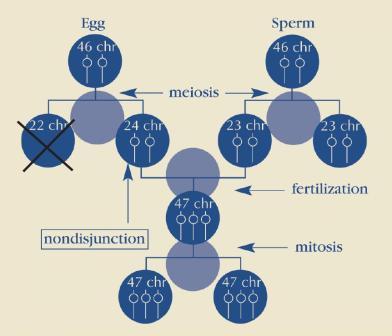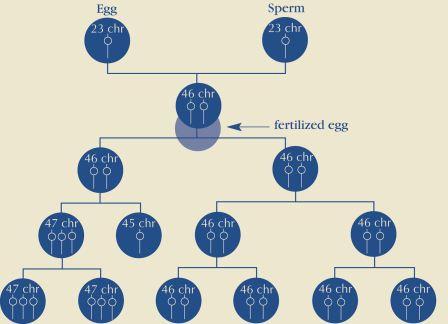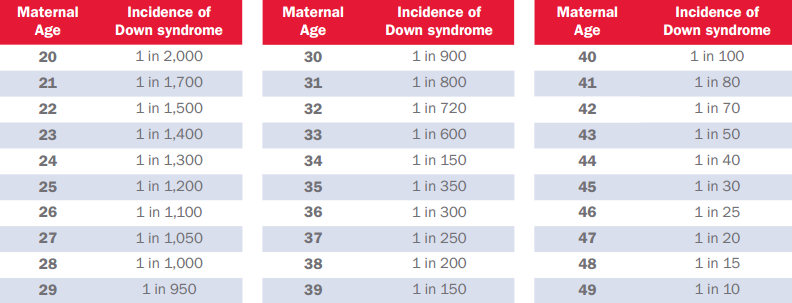Pediatric Patient Resources
Top Contributors - Alicia Dupilka
Original Editors - Alicia Dupilka, Elaine Lonnemann, Kim Jackson, Leana Louw, WikiSysop, Scott Buxton and Admin
Resources for Physiotherapists and the Families of their Pediatric Clients
[edit | edit source]
Autism Spectrum Disorder and Autism[1]  [edit | edit source]
[edit | edit source]
Definition: Group of complex disorders of the brain. Varying degrees of characteristics including: difficulties in social interaction, verbal and nonverbal communication and repetitive behaviors.
• Autism Spectrum Disorder (ASD): can display with intellectual disabilities, difficulties in coordination and attention and physical health issues.
• Autism: most obvious signs and symptoms tend to emerge between 2 and 3 years old
How common is Autism and ASD?
• ASD
o Affects over 2 million individuals in the United States
• Autism
o Effects ~1:88 children
o ~4-5 more times likely in boys than girls
o An estimated 1 out of 54 boys and 1 in 252 girls are diagnosed in the United States
Causes
• No one cause
• Rare gene changes
• Most cases are a combination of gene changes and environmental factors
• Risk factors (do not cause autism by themselves, but could have an influence when combined with genetic risk factors)
o Clearest evidence involve events before and during birth
o Advance age at conception
o Maternal illness during pregnancy
o Difficulties during birth (ie. Oxygen deprivation)
• Genetic risk factors (Autism tends to happen more frequently in the following conditions)[2]
o Fragile X Syndrome
o Tuberous sclerosis
o Congenital rubella syndrome
o Untreated phenylketonuria (PKU)
Resources
• Kentucky Autism Training Center
o Find specific services by region or county
o Examples of services include: hippo therapy, social skills group, community living supports and day care
o http://katcproviders.louisville.edu/
• Autism Society of Kentuckiana
o Become a memerb
o Find resources, learn about news and events
o Offers an autism dad’s group
o http://www.ask-lou.org/
• Autism Speaks
o Has information on current news and research, family services and events around the United States
o There is also a blog available; as well as ideas for autism apps
o http://www.autismspeaks.org/?utm_source=autismspeaks.org&utm_medium=web&utm_campaign=primarymenu
• National Institute of Neurological Disorders and Stroke
o Fact sheet on ASD and Autism
o http://www.ninds.nih.gov/disorders/autism/detail_autism.htm
• Autism Research Institute
o Find out about current research
o http://www.autism.com/
• Autism Society
o Has news, research and ways to get involved
o Section about living with Autism
o http://www.autism-society.org/
Cerebral Palsy[edit | edit source]
Down Syndrome [3]  [edit | edit source]
[edit | edit source]
Definition: Genetic disorder occurring when the individual has full or a partial copy of chromosome 21. This extra genetic material causes an alteration in the development of the child.
How common is Down Syndrome?
• Most common genetic disorder
• ~1:691 babies are born each year with Down’s Syndrome
• ~6,000 babies are born each year with Down’s Syndrome
Types
• Trisomy 21 (Nondisjunction)
o The pair of the 21st chromosome fails to separate
o Extra chromosome is replicated in every cell in the body
o Accounts for ~95% of cases

• Mosaicism
o Nondisjunction takes place in chromosome 21 in one cell but not all cells
o Accounts for ~1% of cases
o May have fewer characteristics than other types of Down’s Syndrome

• Translocation
o Part of chromosome 21 breaks off during cell division and attaches to another chromosome, typically chromosome 14
o Accounts for ~4% of cases
Causes
• Cause of nondisjunction is currently unknown
o Research suggests the likelihood increases as women age
o No definitive research suggesting environmental factors of the parents before or during pregnancy
- Note: Age 34 is not accurate. NDSS has noted the error but has yet to find out the correct information.
How is Down’s Syndrome Diagnosed?
• Prenatally
o Screening tests
Most only provide a probability
Blood test: measures quantities of various substances in the mother’s blood
Ultrasound: checks for “markers”
o Diagnostic tests
Can provide a definite diagnosis with almost 100% accuracy
Carry up to a 1% risk of causing a spontaneous termination
Chorionic villus sampling (CVS): usually performed in first trimester between 9 and 11 weeks
Amniocentesis: usually performed in the second trimester after 15 weeks
• At birth
o Usually identified by certain physical traits
Low muscle tone
Single deep crease across the palm of the hand
Slightly flattened facial profile
Upward slant to the eyes
o Chromosomal analysis may also need to be done to confirm the diagnosis
This is done by drawing a sample of the baby’s blood
Recent Related Research (from Pubmed)[edit | edit source]
Extension:RSS -- Error: Not a valid URL: Add FEED Here|charset=UTF-8|short|max=10
References[edit | edit source]
- ↑ Autism Speaks. It's Time to Listen. Autism Speaks. http://www.autismspeaks.org/. Accessed June 27, 2013.
- ↑ Autism Society. Improving the Lives of All Affected by Autism. Autism Society. http://www.autism-society.org/. Accessed June 27, 2013.
- ↑ National Down Syndrome Society. Down Syndrome. National Down Syndrome Society. http://www.ndss.org/Down-Syndrome/What-Is-Down-Syndrome/. Published 2012. Accessed June 24, 2013.







